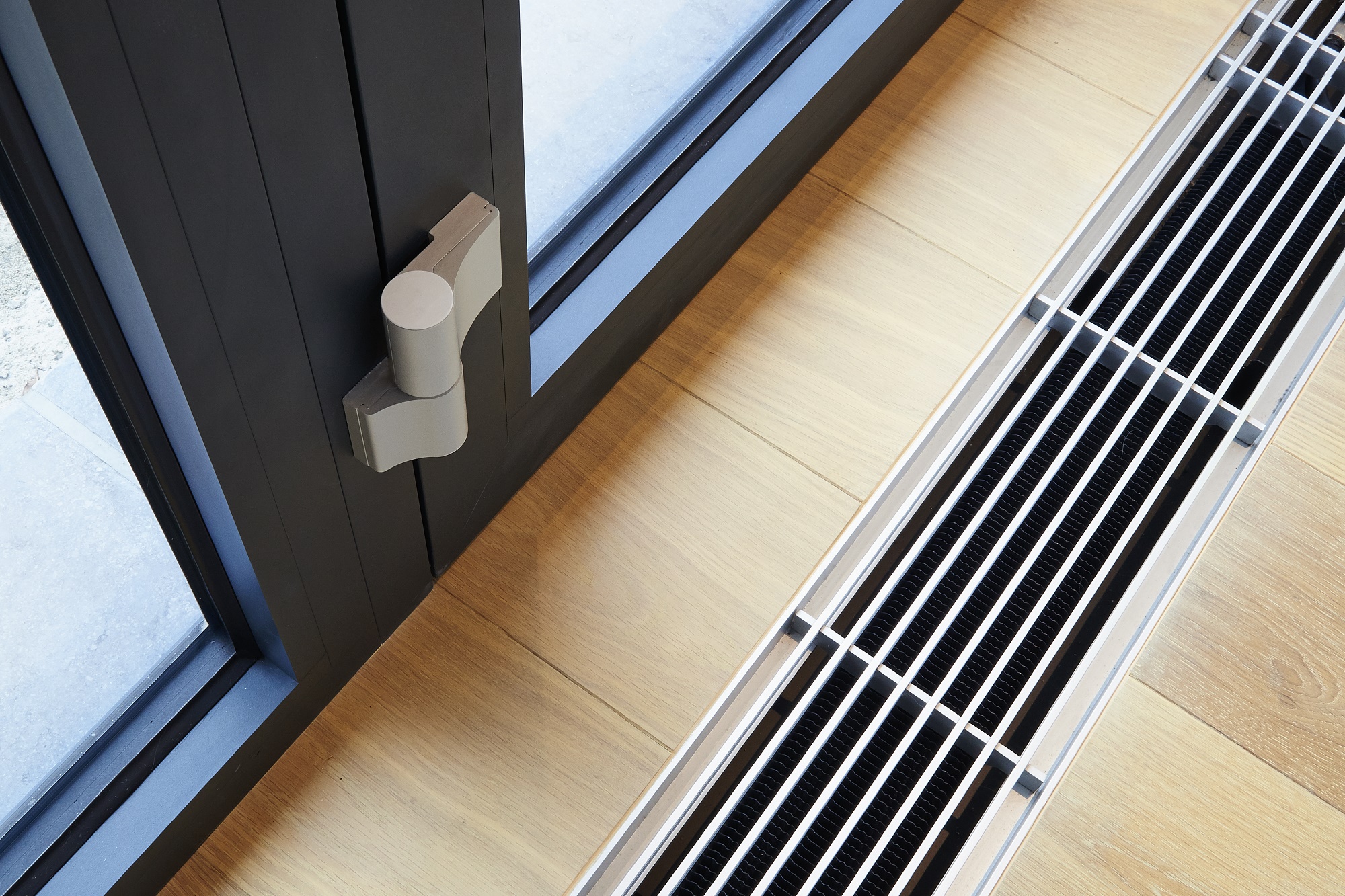Relative humidity between 40 and 60 percent is recommended for an optimal indoor climate. These values, however, can be difficult to reach for various reasons. The drier the air, the more particles there are. Discover the sources of dry air, why combatting dry air is important, and how to maintain ideal humidity in your home or office.
What exactly is dry air?
Humidity describes the amount of water vapor in the air. In addition to nitrogen, oxygen, carbon dioxide, and other gases, air also partly contains water vapor. Very few people know that this gaseous water content depends, among other things, on air pressure and temperature: the warmer the air, the more water vapor it can carry. Cold air contains little water and is, therefore, drier than warm air. Accordingly, the air in winter is typically drier than in summer.
Ventillation systems

Ventilation systems save energy and provide a certain minimum air exchange, which ensures that the humidity does not become too high. However, this often creates the problem that the room air – especially in winter – becomes too dry very quickly. If the already rather dry air is warmed up by your heating system in winter, it is not automatically enriched with more moisture. On the ground where there is no water, the air cannot absorb either. This creates the familiar warm, but dry heated air. Indoor air is not only too dry in winter, but it can also become too dry on hot summer days because the air conditioning is particularly welcome. Air conditioning systems can create a true desert climate. Air conditioning systems that are set too cold remove moisture from the room air when it cools down (remember: cold air can hold less moisture than warm air). For this reason, the humidity quickly falls below the optimal relative humidity range of 40-60%.
Maintaining ideal humidty levels
1. Ventilate Regularly
The air quality can often be improved with small changes. For example, by ventilating several times a day, the used air from the room is exchanged for fresh air from outside. This helps to improve air quality, especially in winter. The following applies: it is better to open the windows completely for a short time (around five to ten minutes) than to leave them open for a longer period of time.
2. Add plants
Indoor plants can also contribute to better indoor air. Plants with large leaves, such as cyprus grass or nest fern, can provide more humid air. Ivy, green lily, or rubber tree filter pollutants from the air and thus clean the air.
3. Choose Venta Humidifiers for optimal humidity

A much more straightforward way to achieve optimal humidity is with a Venta Humidifier. This helps to keep the ideal air humidity reliably between 40 and 60 percent all year round, in order to enrich the dry air with the necessary humidity, e.g. by heating, air conditioning, or ventilation system. It also helps to naturally reduce pollutants from indoor air and creates comfort zones in your home.

